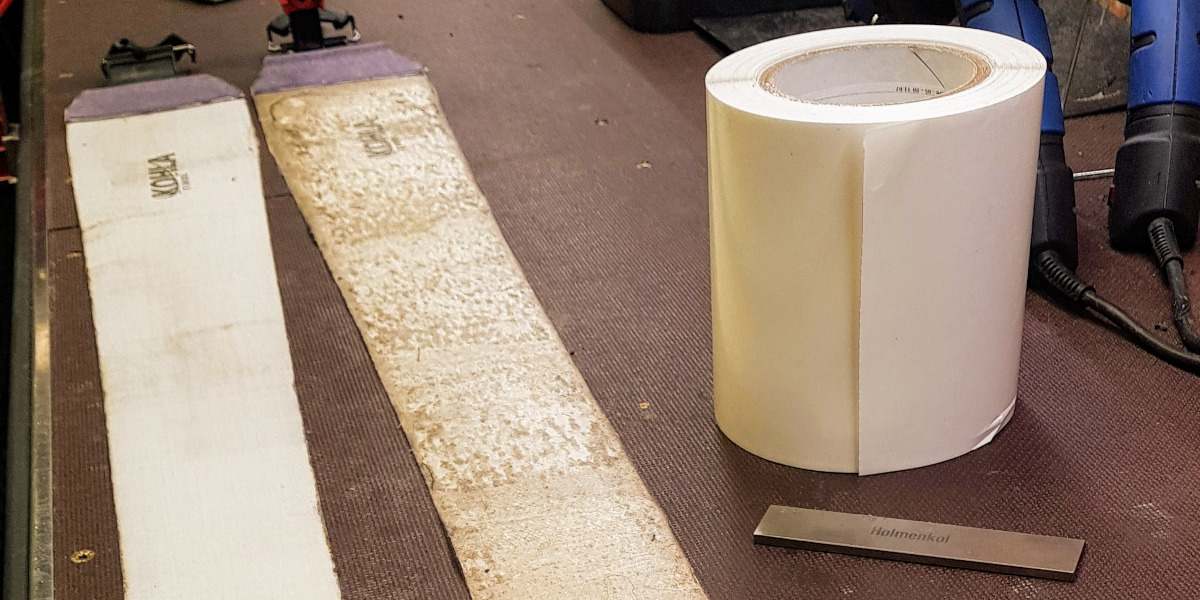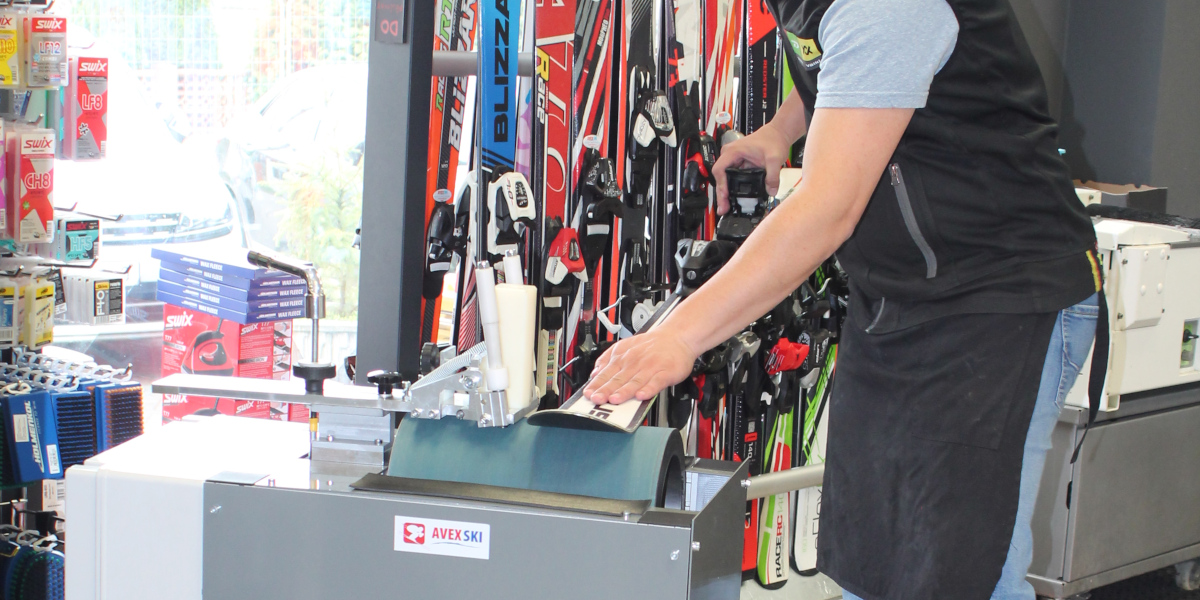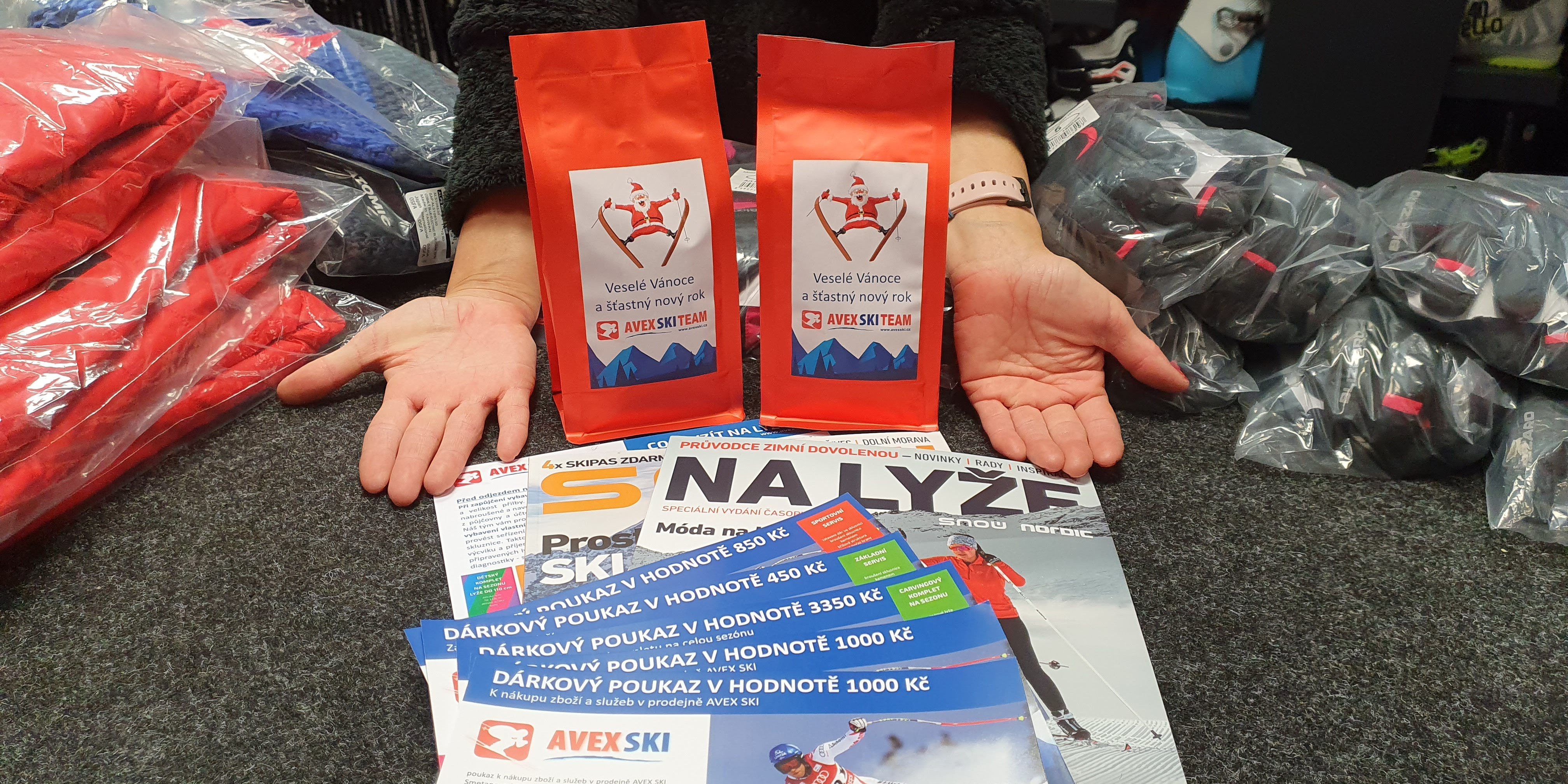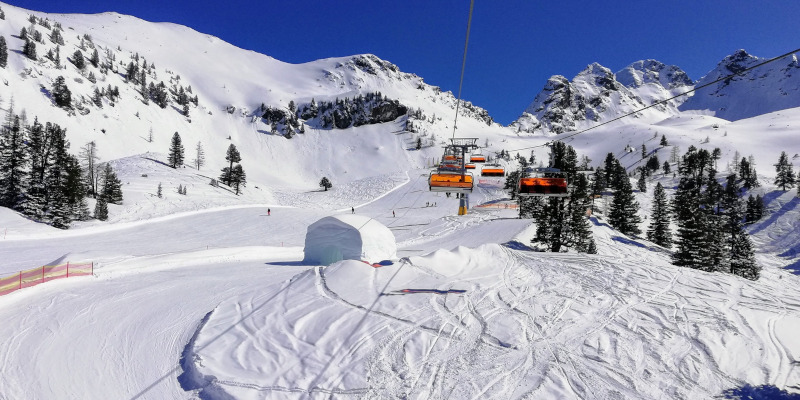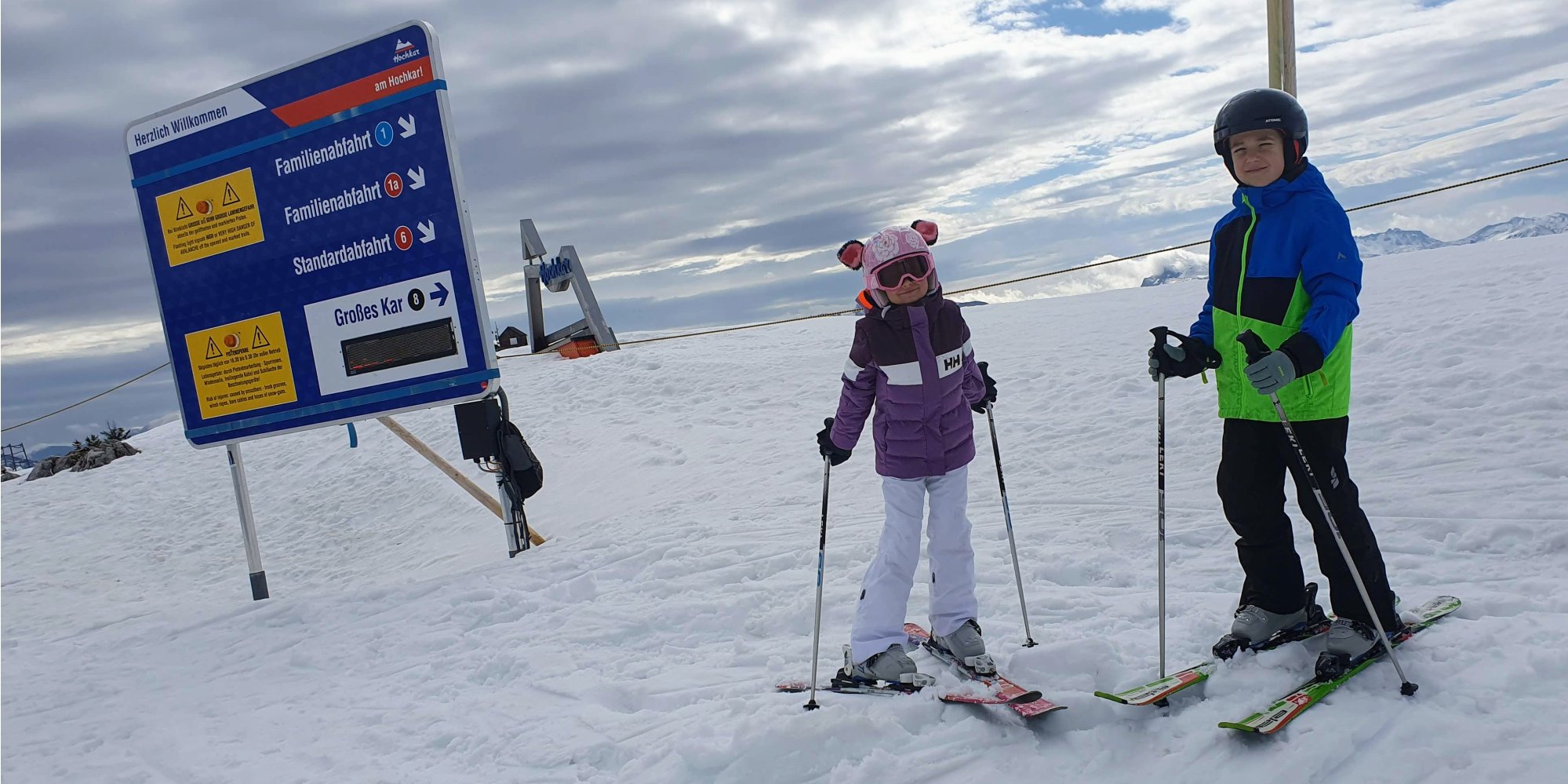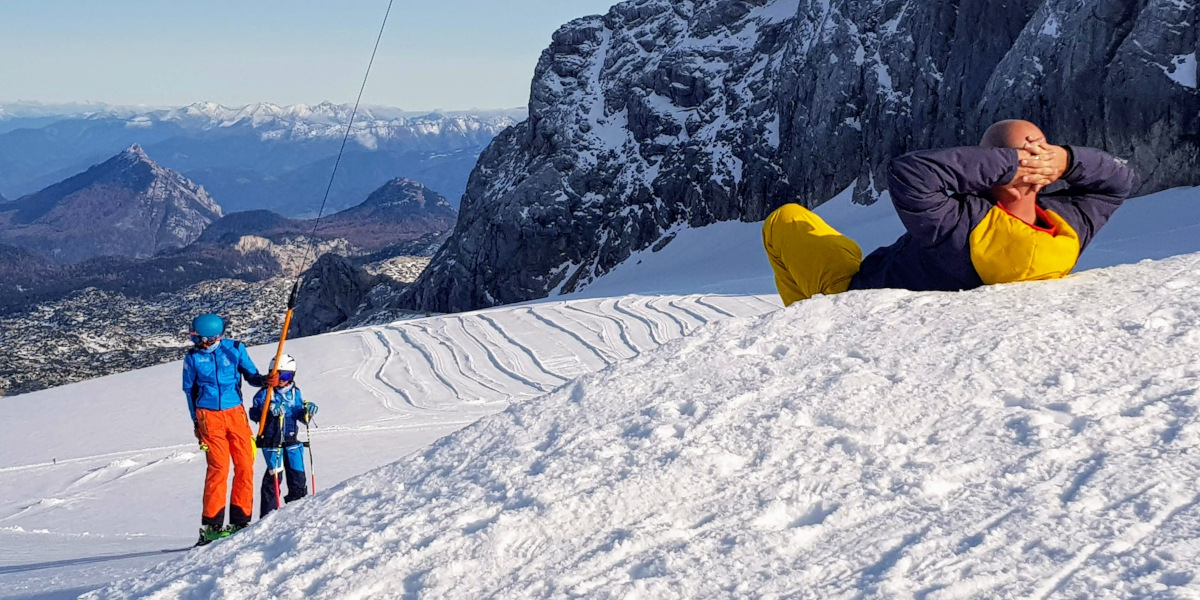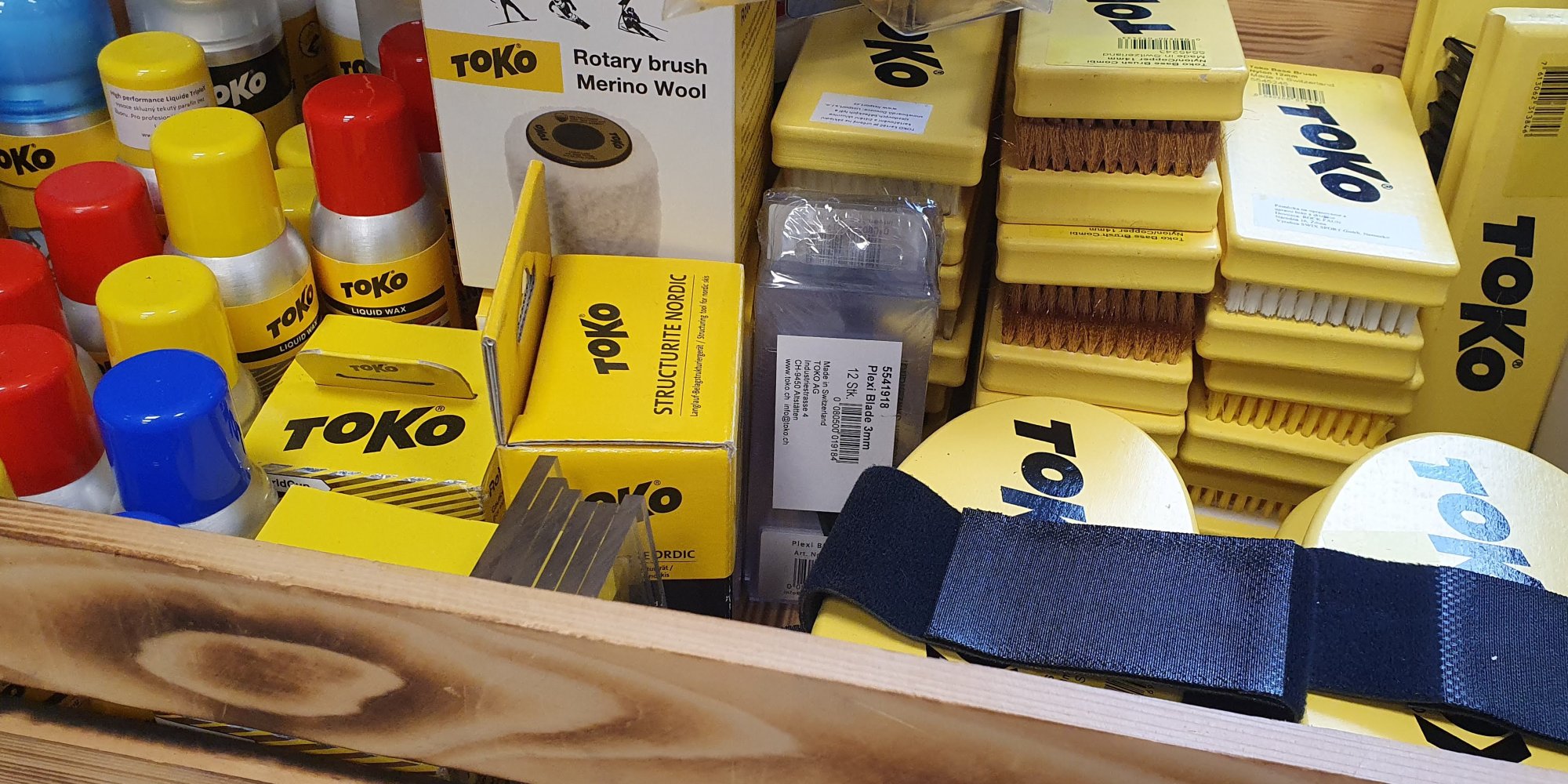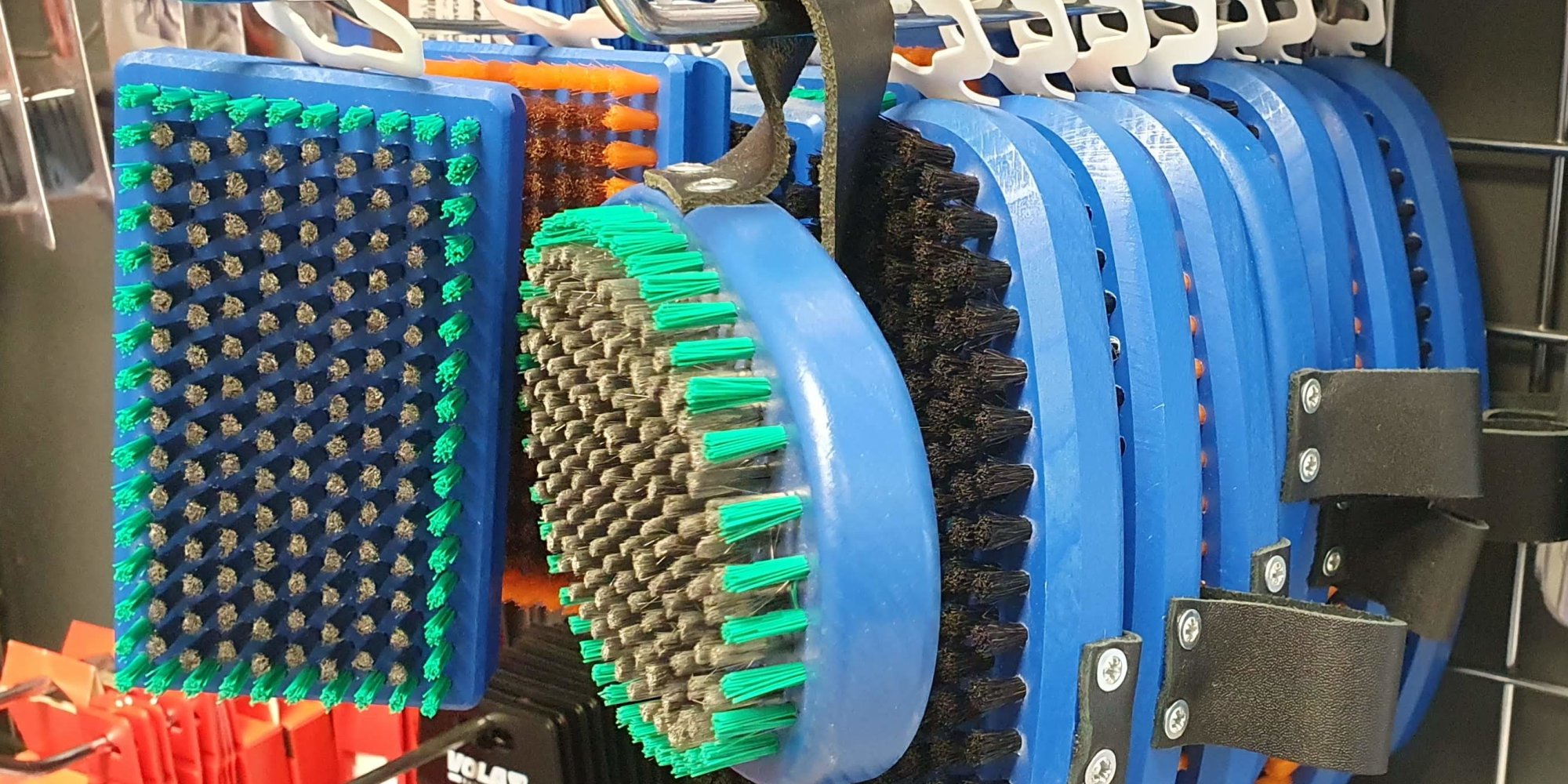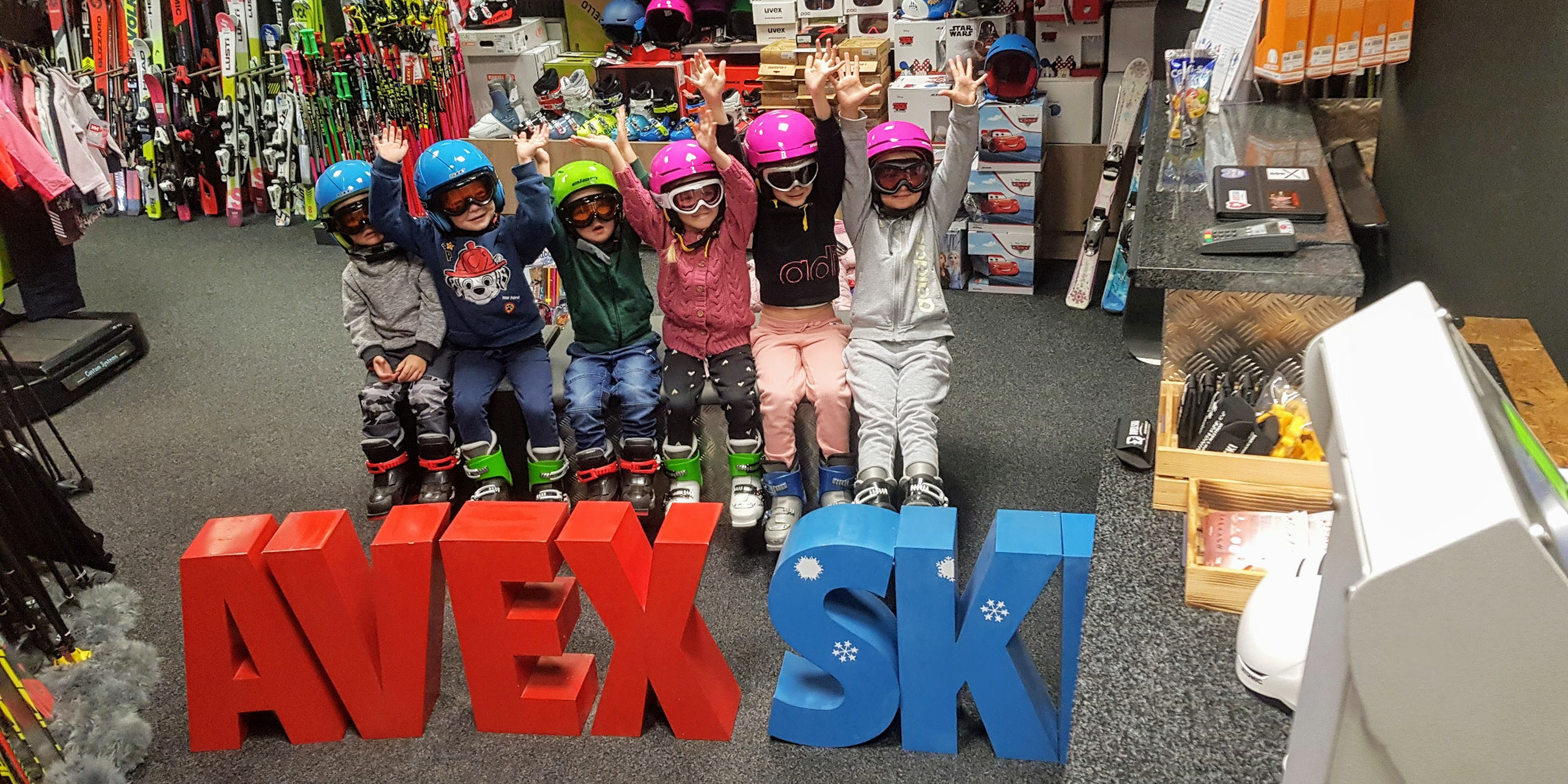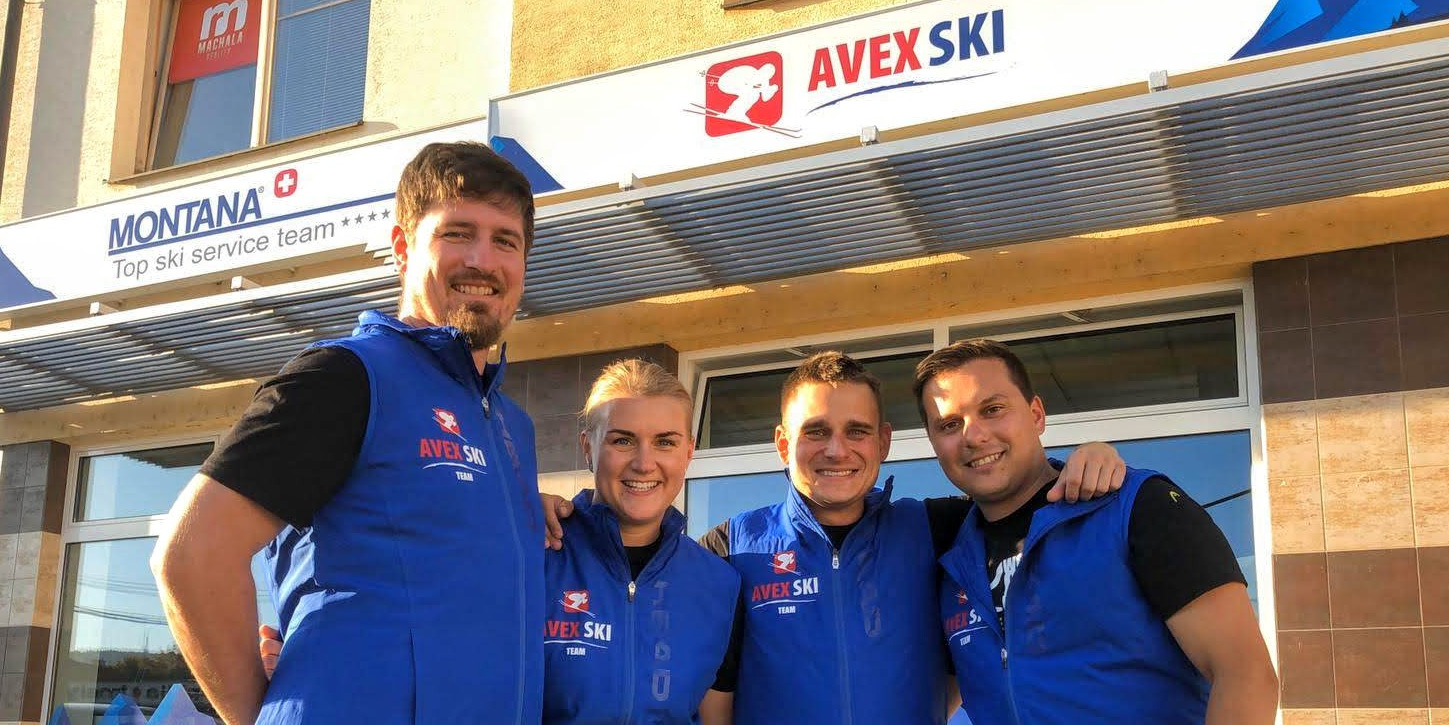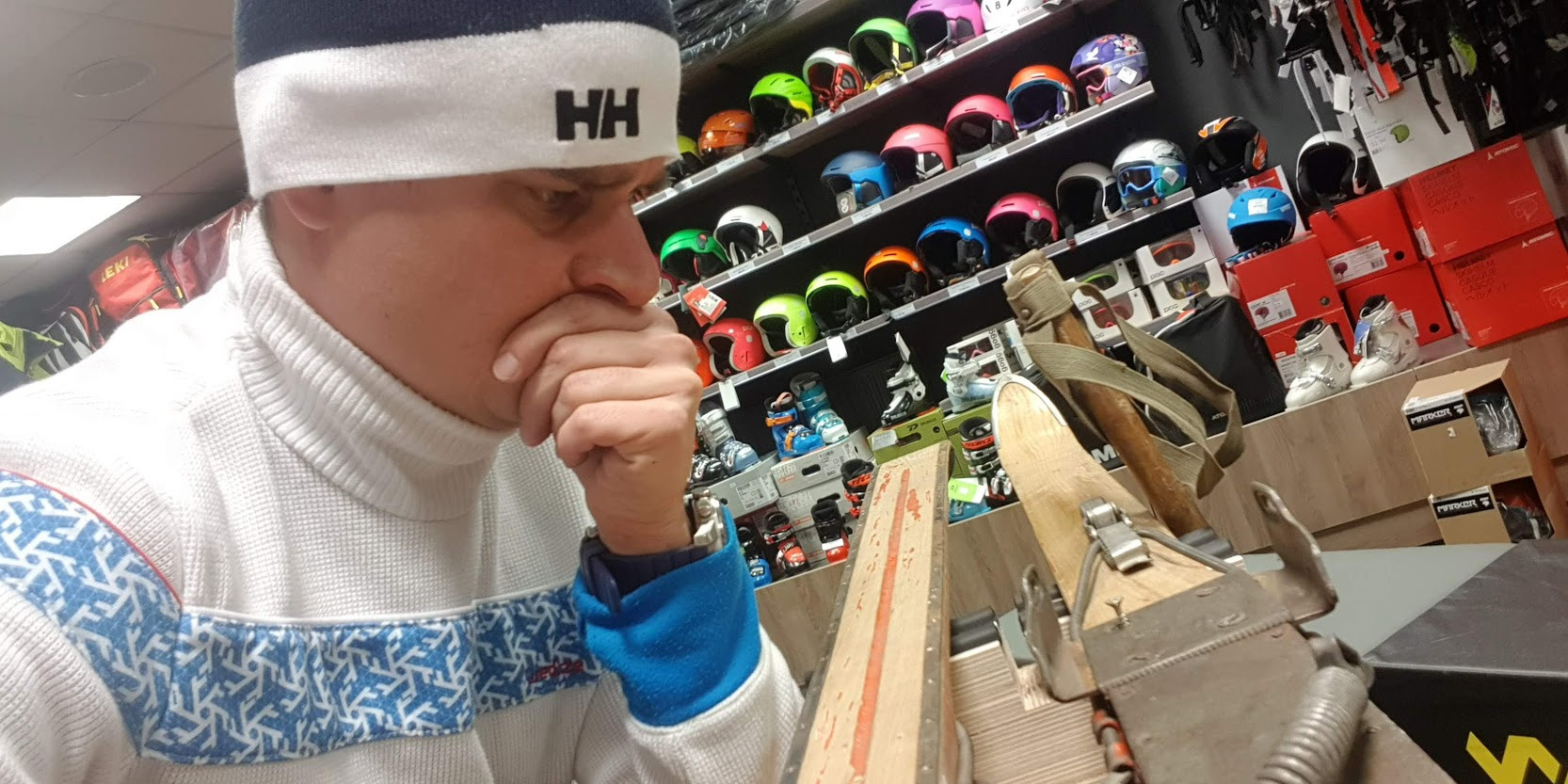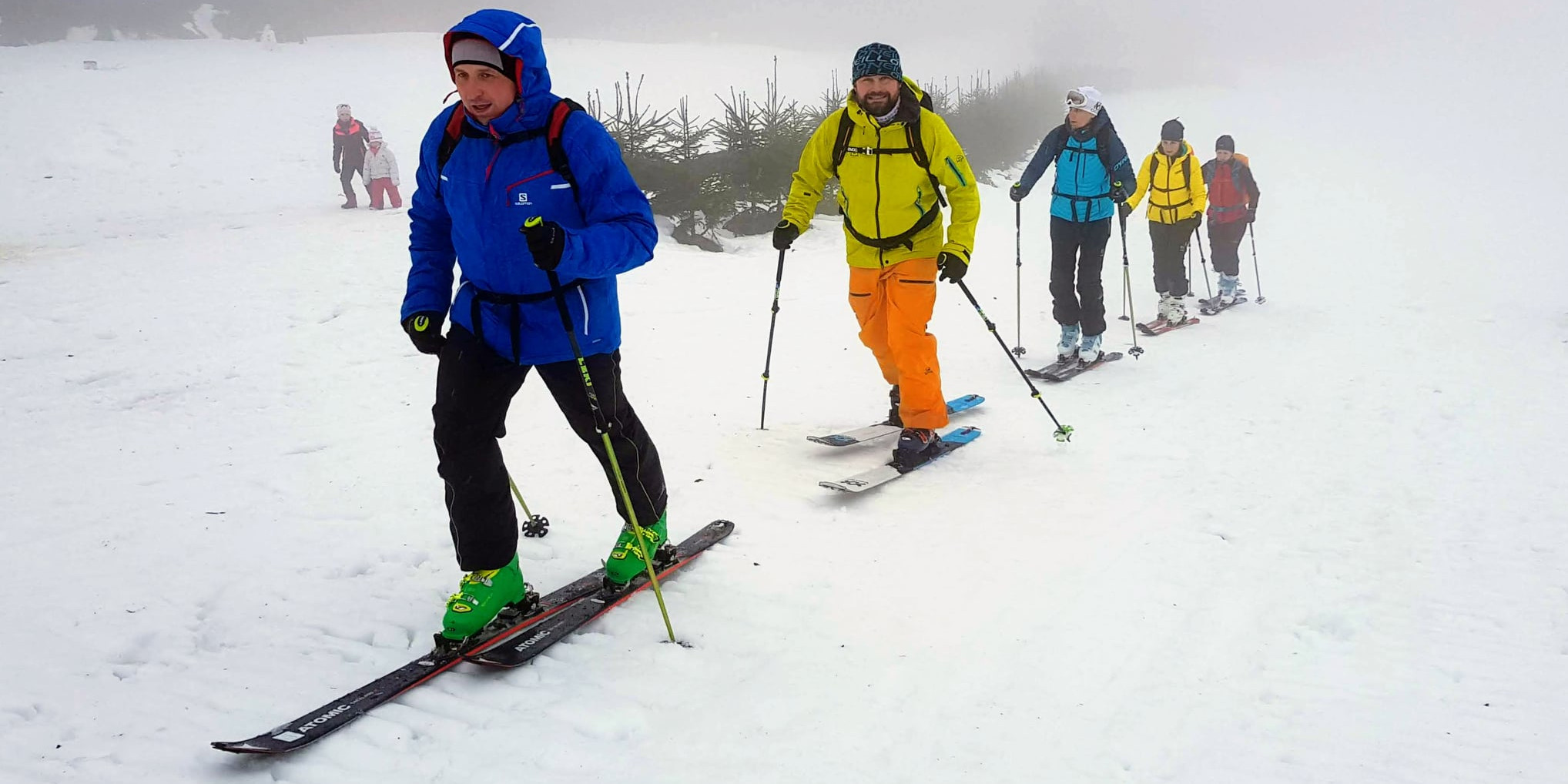ZLÍN – Most modern cross-country skis are already equipped with so-called climbing belts or skins. They help when climbing, which saves skiers a lot of effort, because the slide will not slide under you unnecessarily. And even though these belts have made ski maintenance much easier, the belts will definitely need your care. Of course, we will also provide service at AVEX SKI, but if you want, you can also carry out the basic maintenance yourself. But you need to know how to do it and what preparations to use for it.
Types of cross-country skiing
Cross-country skis with climbing belts are very popular. There are also cheaper variants, namely lubricating cross-country skis and cross-country skis with scales. The advantage of lubricating runners is that you can adjust them exactly according to the current conditions with the help of wax. But if you don't have experience with erasure, it's a problem. Cross-country skis with scales can be an alternative. But their weak point is that as soon as the scales wear off, you have to buy new cross-country skis. But if you have cross-country skis with a skin, just replace the mohair straps and you can use the skis again at 100%.
The benefit of skins is that they work in a wide variety of temperatures and snow conditions. Touring cross-country skis usually have belts with a better grip to prevent slipping. Sports cross-country skis tend to have belts with less grip but better glide. You will most often come across two types of belts - 100% natural mohair belts (the racing version) and mohair-mix, which is a combination of synthetic and natural mohair (a slower belt).
Maintenance-free does not mean care-free
The biggest advantage of cross-country skis with mohair belts is that you don't have to deal with the problem of rising wax. Despite the fact that these cross-country skis are generally called maintenance-free, this is not entirely true. You also have to take care of cross-country skis with skins, but maintenance is very simple.
In order for your cross-country skis to work well, you need to take care of their sliding part and also take good care of the mohair belts. You can do both easily, you just need to know the correct procedure, which we will explain further in the text.
What you can't do without
If you decide to take care of cross-country skis with skins yourself during the season, you cannot do without two basic preparations. It is about Skin cleaner and Skin impregnation. With the first preparation, you will rid the belts of stuck-on dirt, and with the second, you will improve the slipperiness and also prevent the belt from freezing.
Climbing belts will help you on the hills, but if you want to enjoy a brisk ride then you will need to lubricate the slide (except for the mohair belt part). You can choose from our range of waxes.
How to clean belts
The basic advice is to clean the belts continuously, as soon as you see the fibers sticking together with dirt in bundles, it is the right time. If you put off the cleaning for an unnecessarily long time, the subsequent cleaning would really take a lot of time.
Never apply the cleaning product directly to the skins and also avoid using a normal napkin or perhaps toilet paper. Get a special non-woven cloth. If you apply the product to a greater extent directly on the mohair belt, it could come off. After cleaning the belt, treat the skins with impregnation. Among other things, the impregnation ensures that the belts do not get clogged with dirt as quickly and the belts do not freeze.
Swap skins
With regular care, you can significantly extend the life of the climbing belts. Still, skins are not immortal. Once they've reached their end, it's time to replace them. They will perform it for you at the AVEX SKI service. But you can change the belts yourself. You can do it in six steps:
- Heat the old belts with an iron to 120-130°C. If you don't have a flat iron, try using a regular hair dryer.
- Use a sharp knife to remove the strip. Work in a heel-to-toe direction.
- Remove the glue residue using a special wax remover. Technical gasoline can also be used.
- Get your new belts ready. Make sure you have the right size.
- Tear off about five cm of the protective strip and heat the glue with a hair dryer or heat gun. Then stick it in a cleaned and dry area. Glue from the toe towards the heel in the correct direction. If you run your finger over the belts from front to back, you shouldn't feel any resistance.
- Gradually remove the protective film and press the skin evenly into the groove. Do not stretch the belt in any way. Smooth out any unevenness.
He who rubs, he goes
Taking care of your tracks is one thing, but if you want your cross-country skis to ride well, you need to have the right waxes on hand. In our offer you will find solid and liquid, as well as special irons or a digital wax machine, which will make it much easier to apply wax to both cross-country and downhill skis.
However, if you go cross-country skiing often, it is a good idea to entrust your skis to professionals, who will provide you with a complete top-notch service, even during the season. Your cross-country skiing experience will then be even better.

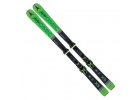
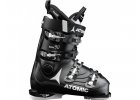

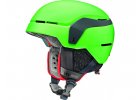
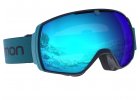
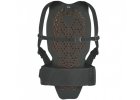
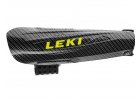
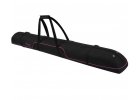
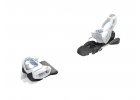

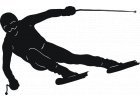

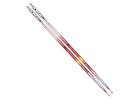
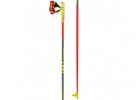
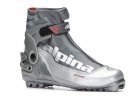
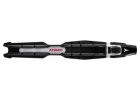
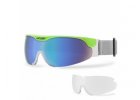
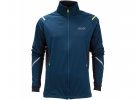
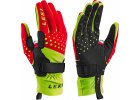
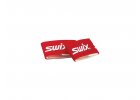
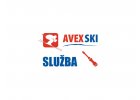
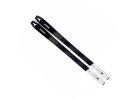
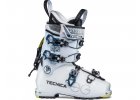
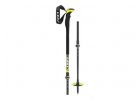

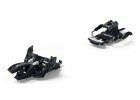
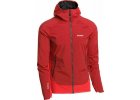
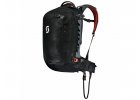
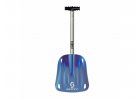
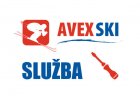
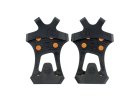
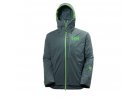
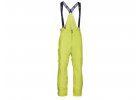
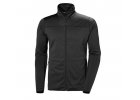
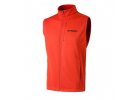

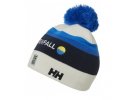
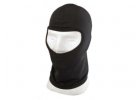
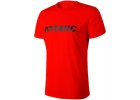
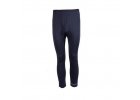
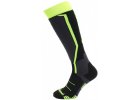
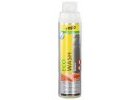
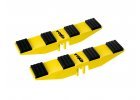
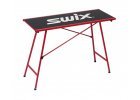
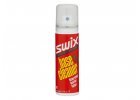
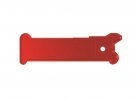
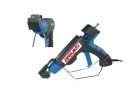
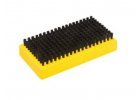
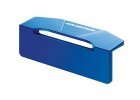
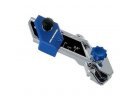
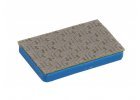
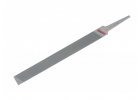
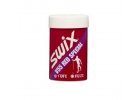
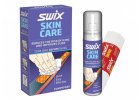
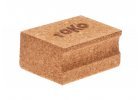
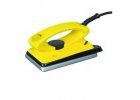
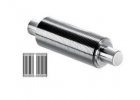
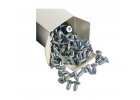
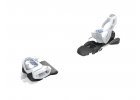

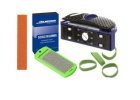

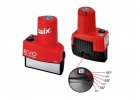

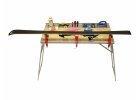
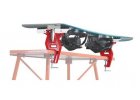








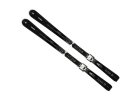
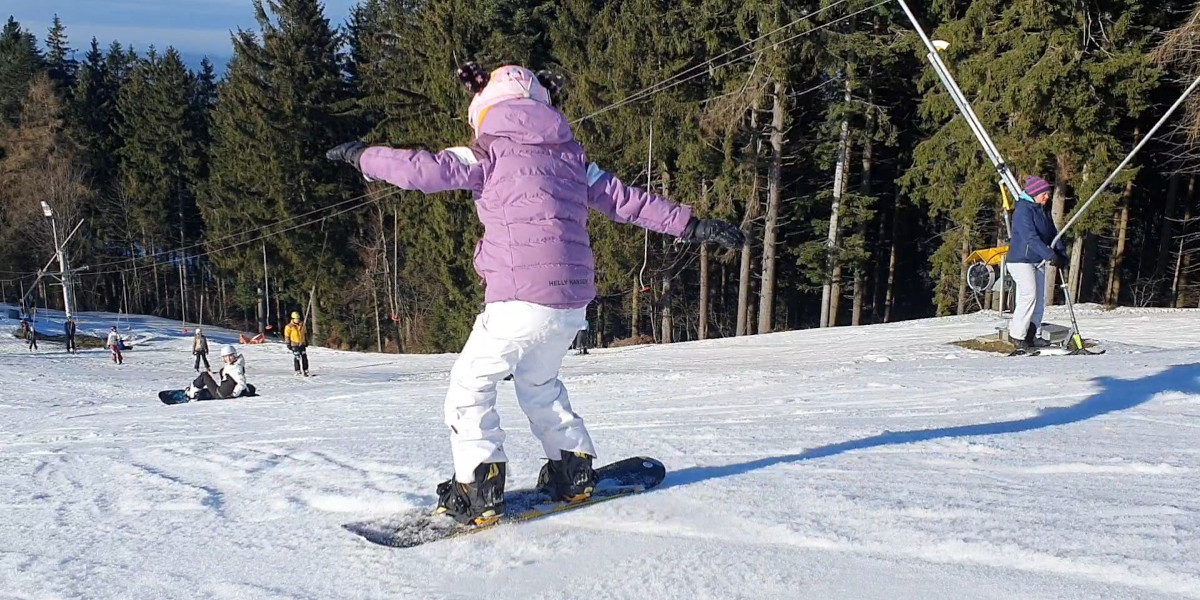
-4.jpg)
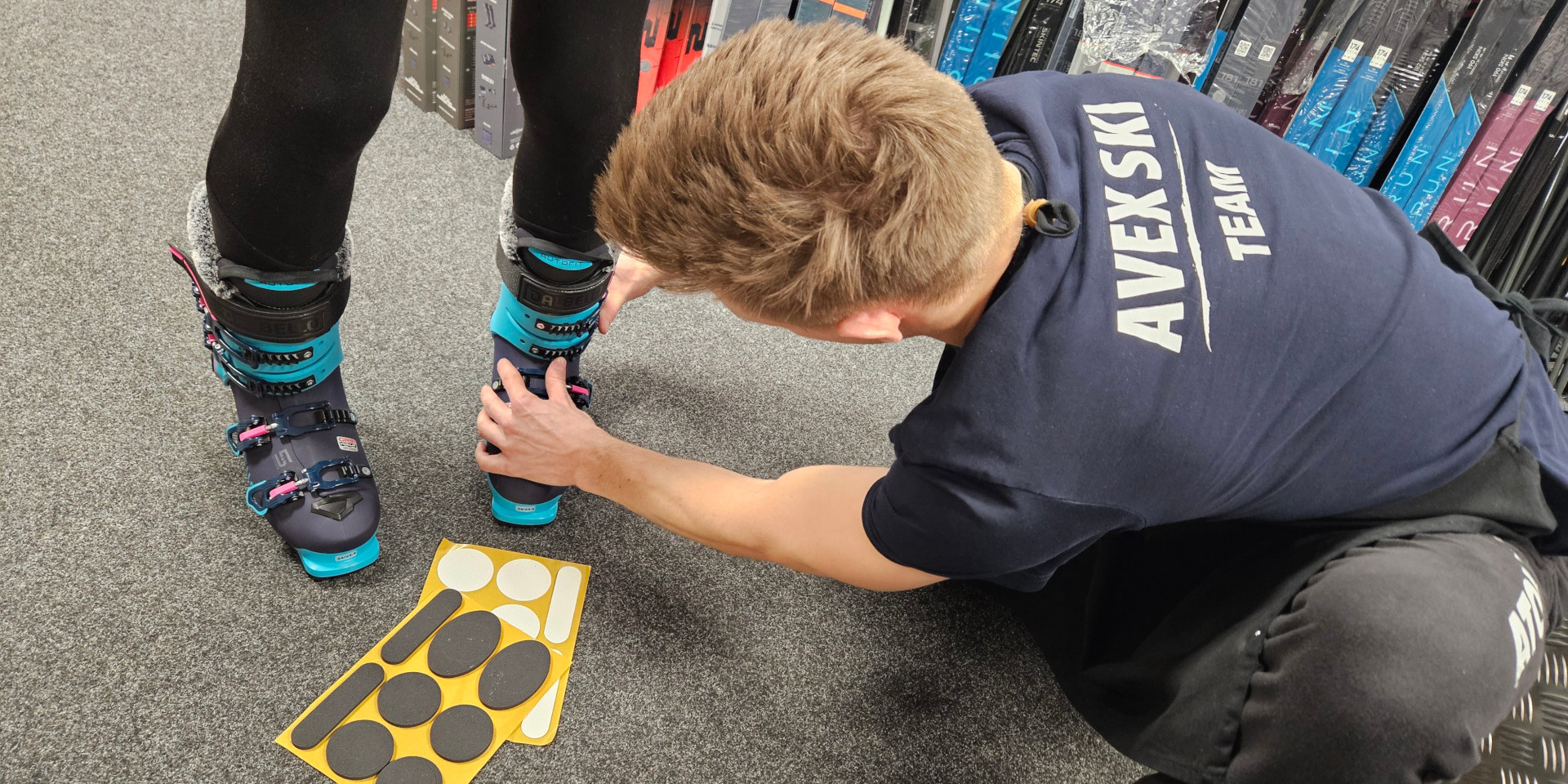
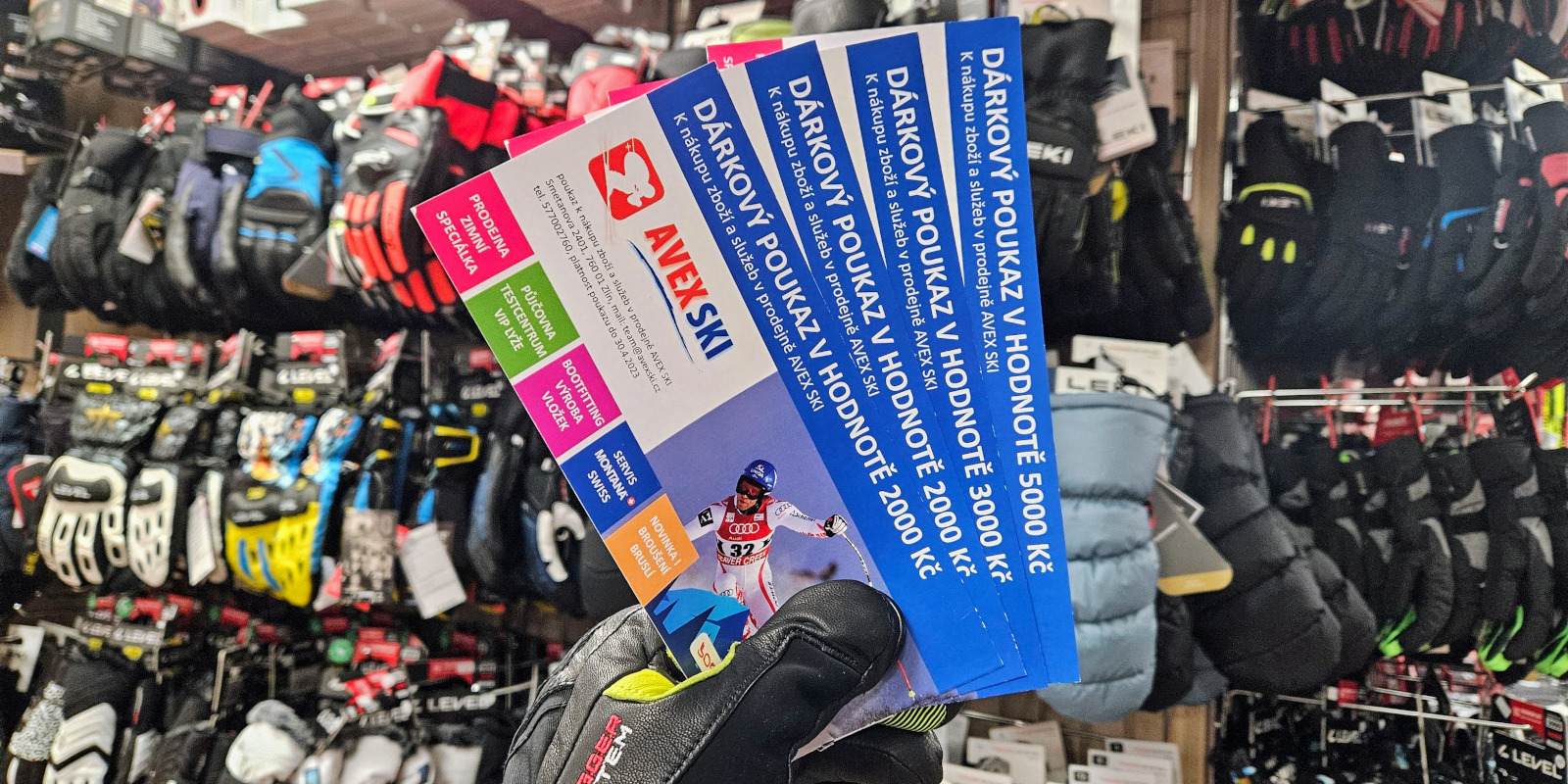
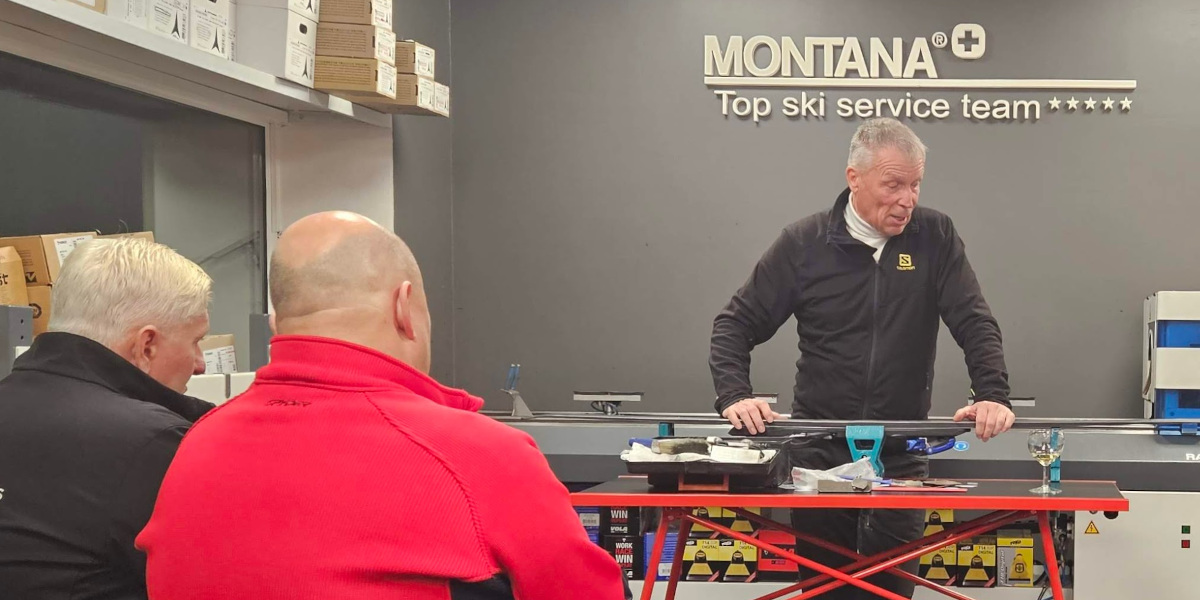
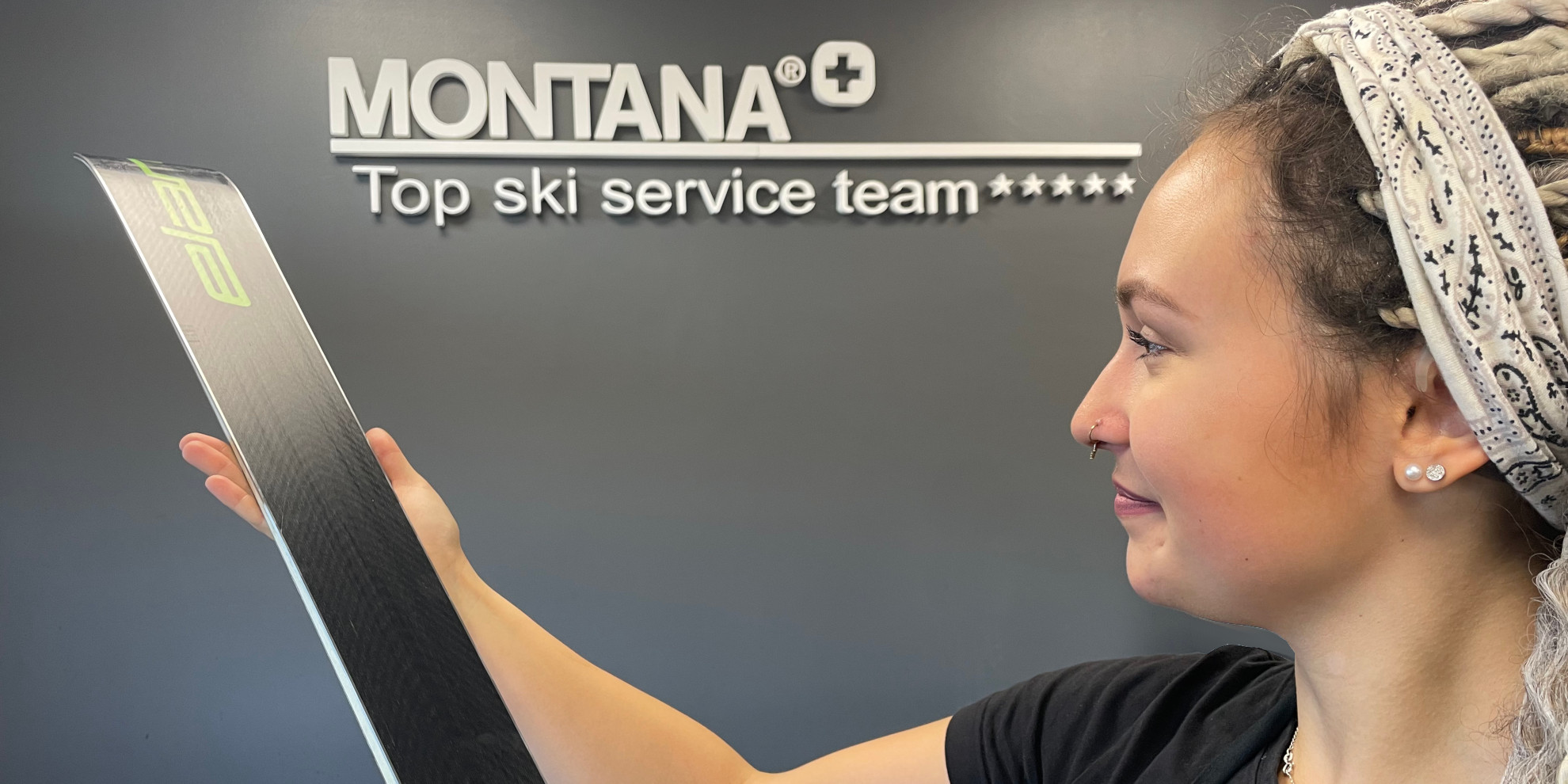


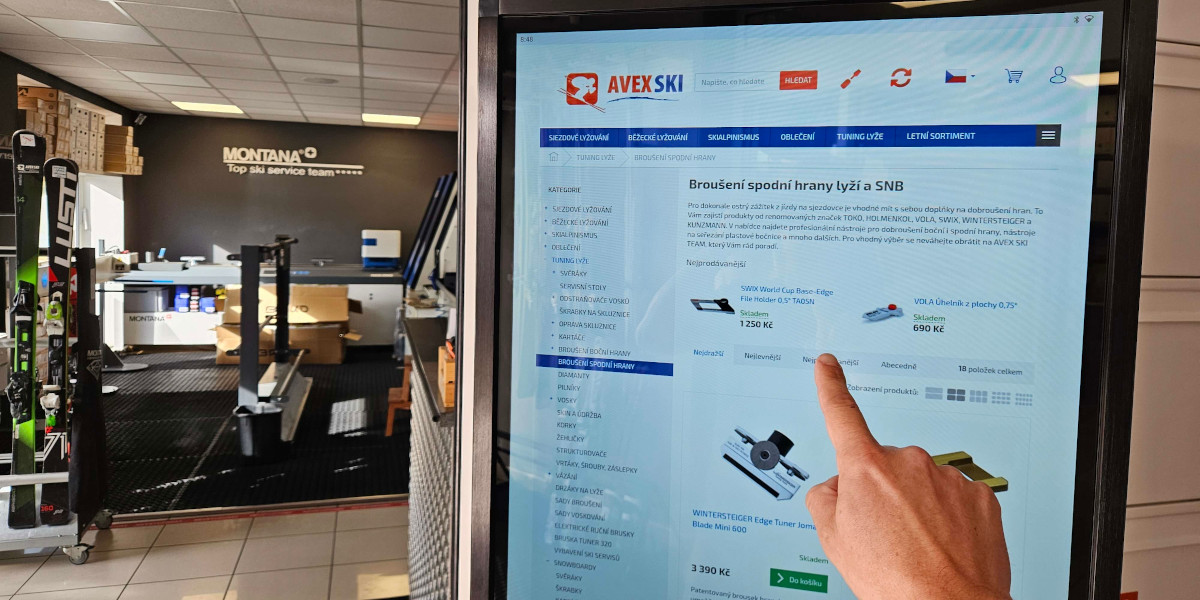
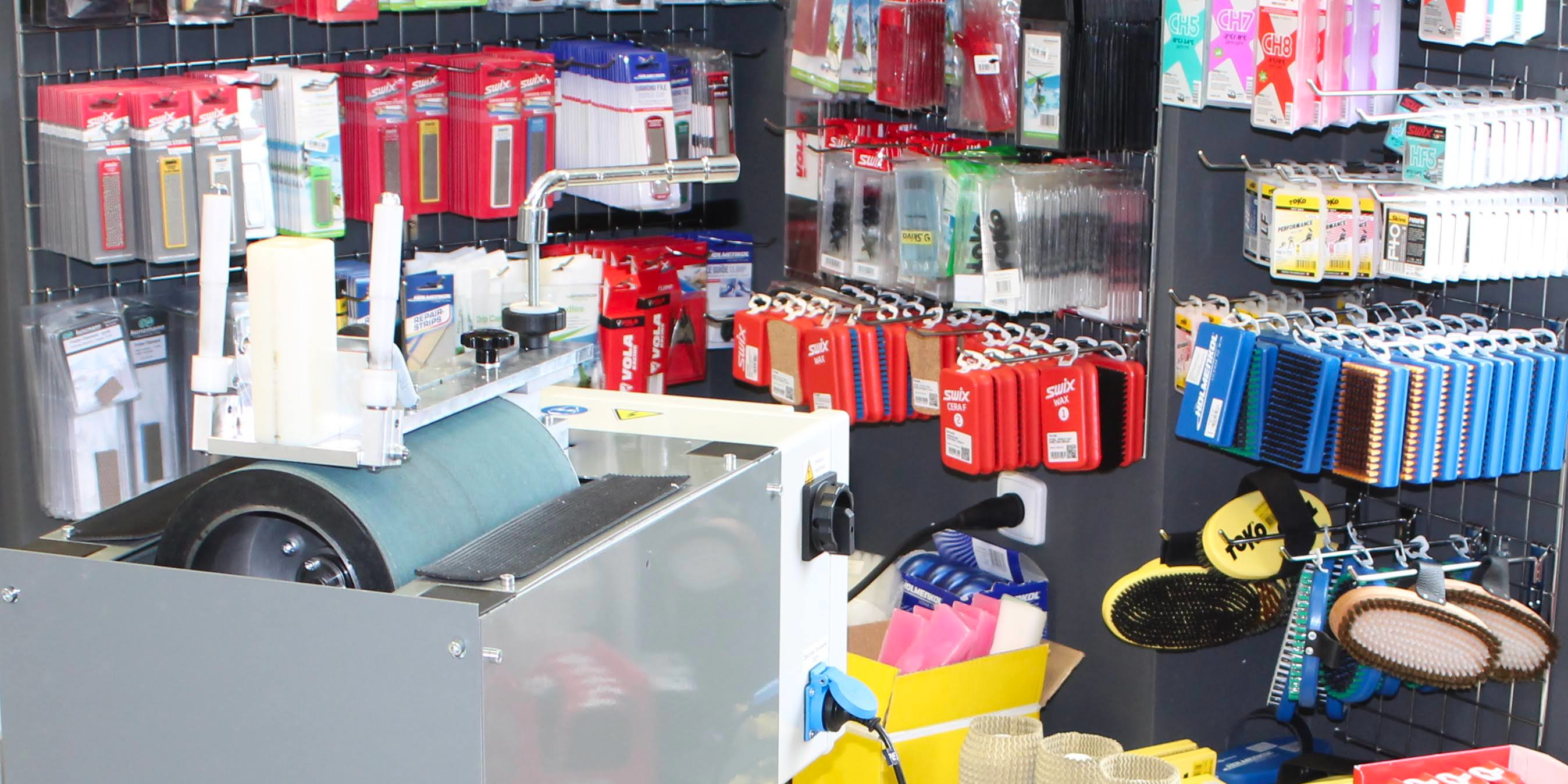


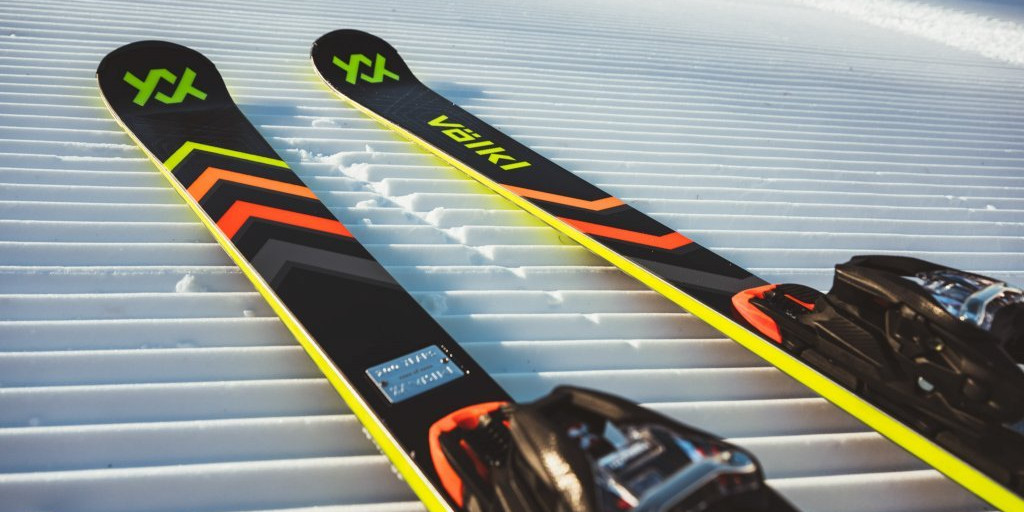
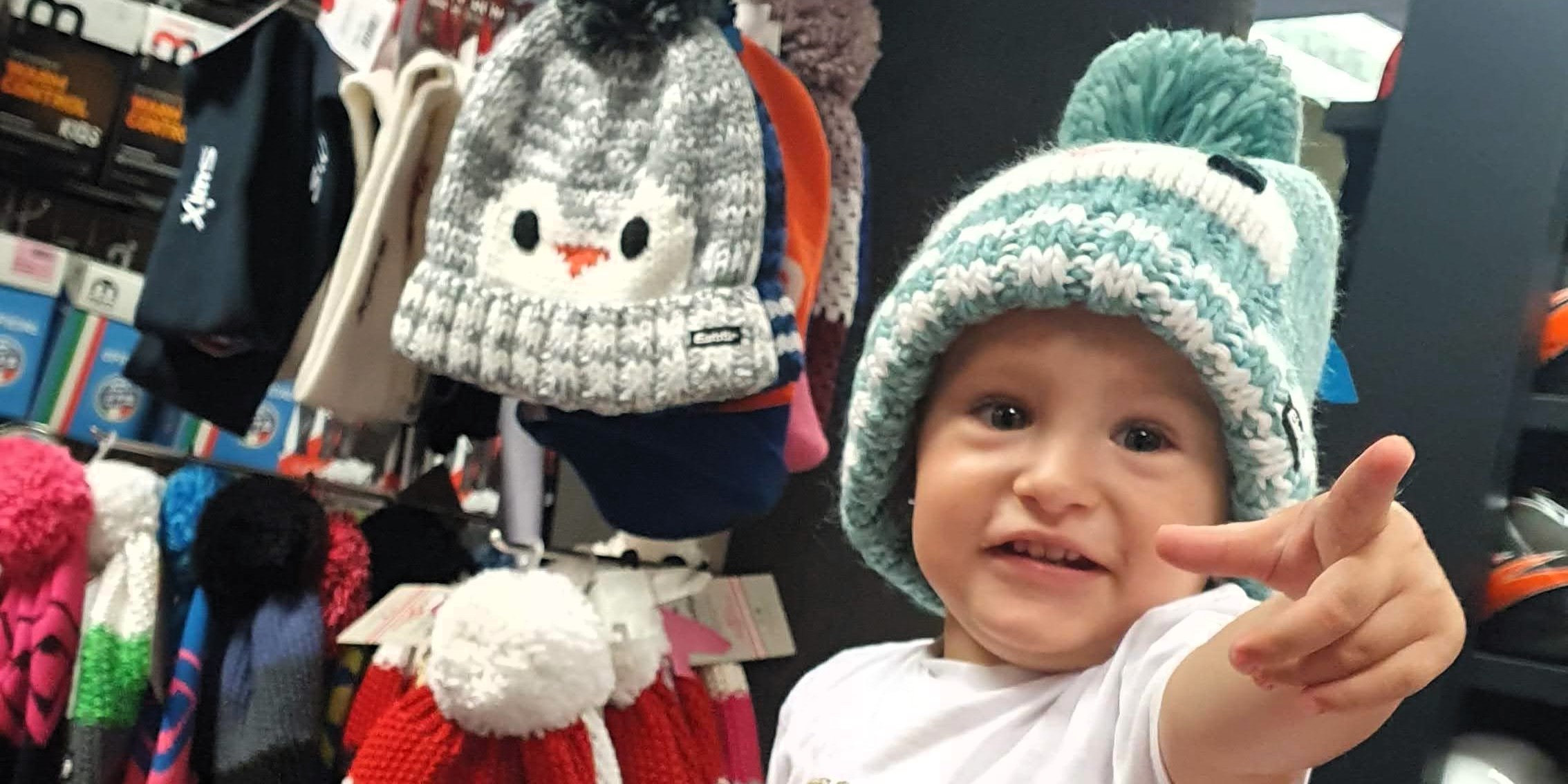



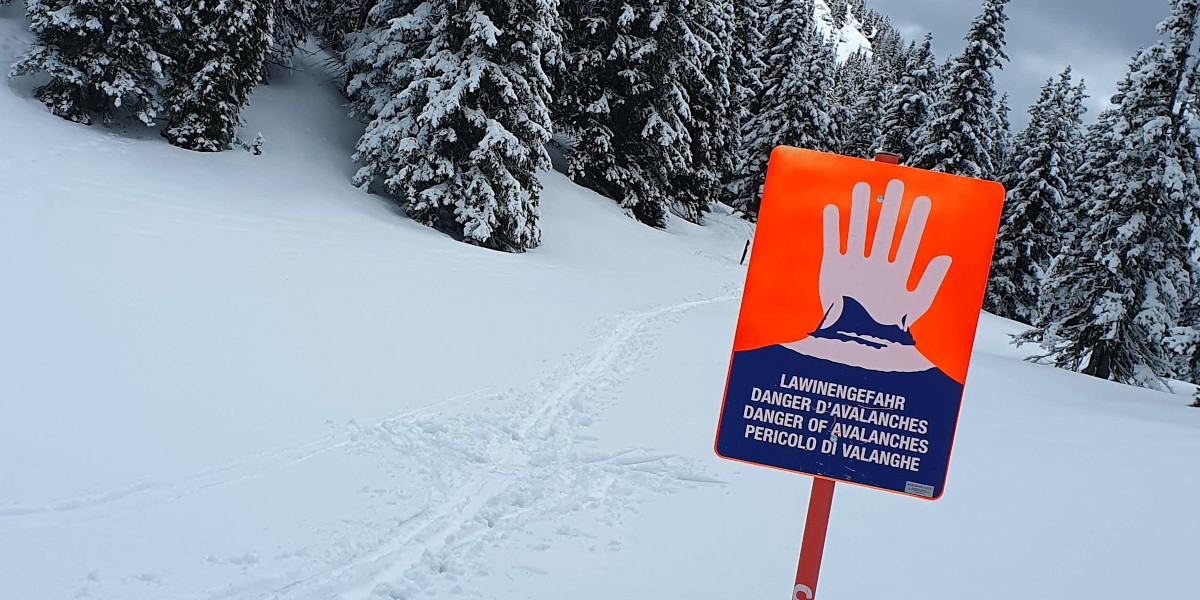
.jpg)


